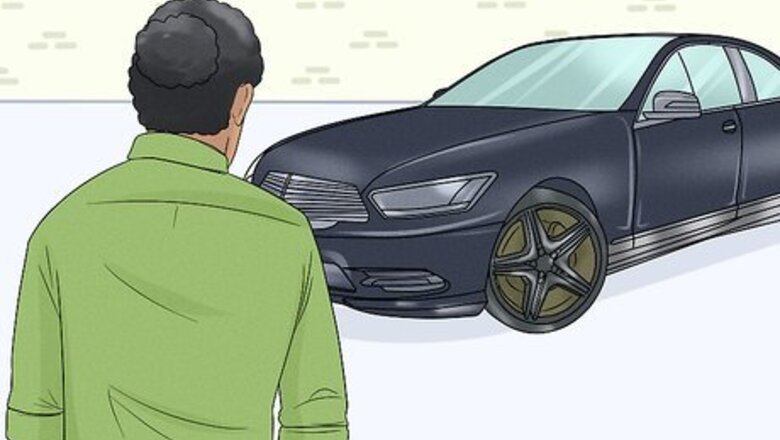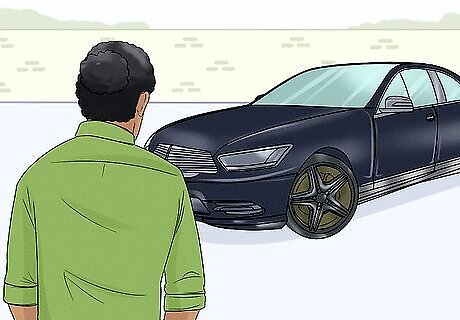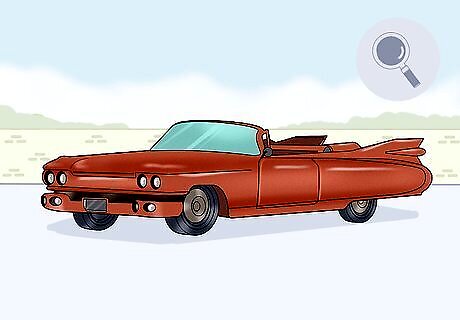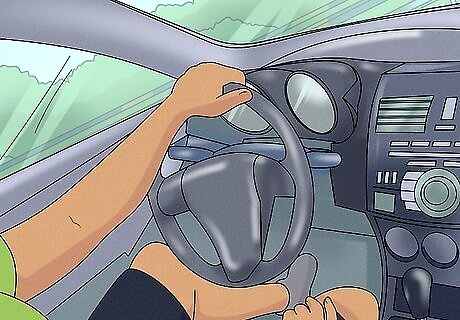
views

Choose someplace to start and start watching and observing. You can probably already identify the make and model of cars you have driven. Practice spotting others like yours on the road. Choose a particular type of cars that interest you and try those next. If you happen to be a Mustang fan, you could start with those. Choose a nationality or region to specialize in. Admire German engineering for a while, if you like. Focus on a particular class or category of cars. If you have more fun spotting sports cars than minivans, start there. Once you have mastered one category to your satisfaction, branch out to another.

Notice identifying features of each car you wish to identify. Does it have an unusual shape to the grill or tail lights? For classic cars, tune in to things like tail fins, running boards and rumble seats, too.

Take a good look. Use stop lights and parking lots to get a better look at cars of interest. Ride in a friend's car. Peek through a window at the controls. Ask people how they like their cars.

Brush up on your history. While most of the cars on the road are less than 15 years old, many hobbyists and enthusiasts devote their time to restoring and maintaining older cars. Visit a classic car show, museum, or meet. Talk to the owners, if they're around, too. Many of them love to talk about their cars and their work, and they're experts on the subject.

Keep current. Read automobile magazines or websites to see what's new and what concept cars the manufacturers are dreaming up. Look around for new developments, too, such as fuel cells, hybrid, and electric vehicles.

Practice. You probably spend plenty of time in traffic. Guess what a car is from down the street, then read the badges when you pull up next to it at a stoplight or walk past in a parking lot.




















Comments
0 comment